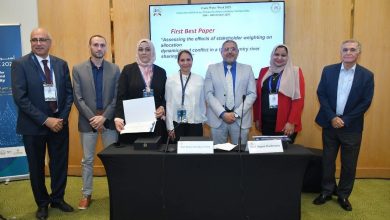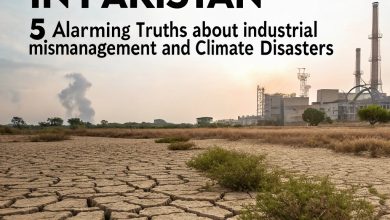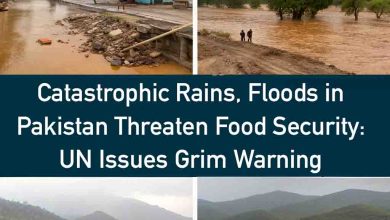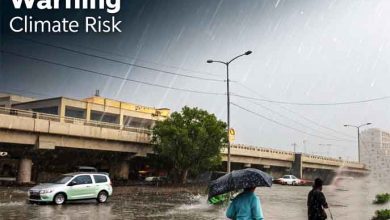As the primary water source for millions of Pakistanis, the steady decline in the water levels of the Indus river is nothing short of a mounting catastrophe. Areas at the edges of the Indus delta such as Thatta, Badin and Sujawal are at the greatest risk of losing their primary source of drinking and irrigation water. According to a report of the WHO, in 2015 people had better access to drinking water as compared to 2022. But today, 1.5 billion people are deprived of clean drinking water, causing millions of deaths as people are forced to rely on polluted water, leaving them vulnerable to diseases such as typhoid, hepatitis A and polio.
Today, Pakistan is among the most water stressed countries in the world, with less than 1000 cusecs per annum, per person. There are many factors driving this scarcity such as urbanization, unstructured irrigation systems and climate change. Last year, the Pakistan Council of Research in Water Resources stated that water samples collected from 14 districts of Sindh showed that the water was undrinkable. They also mentioned that the water available in Karachi is also not clean and dangerous to health. It is the need of the hour to form a master plan that addresses the shortage of both drinking water and water for agricultural uses.







